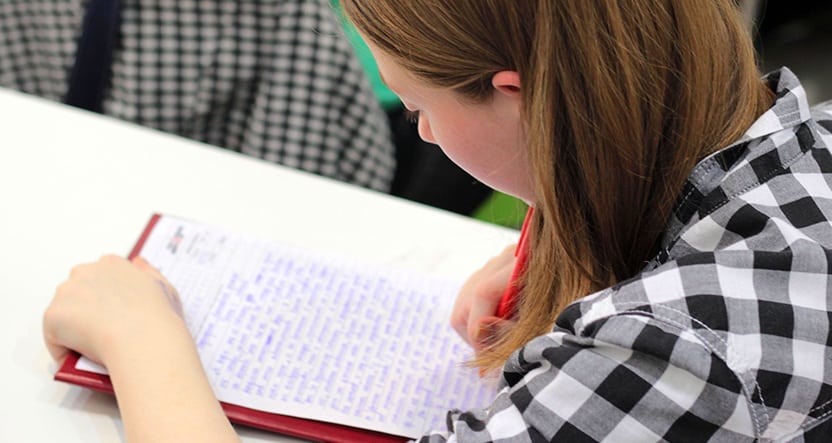Back packs are an essential school item that require careful consideration when choosing the correct one for your child. Poor posture in children is becoming a big issue and ill-fitting back packs often contribute to the problem. Today we have some tips on how to improve and perfect your child’s posture.
Consequences of incorrectly fitted and worn backpacks can include spinal curvature conditions such as a kyphosis or scoliosis as well as pain in areas of the body ranging from the neck to the shoulder to the lower back. Headaches can be another result of postural changes caused from overloading the spine.
Physios are seeing growing numbers of children reporting spine related issues. There is developing research pointing to a relationship between the weight of school bags, the poor posture they create and subsequent pain in spinal regions. This is often brought about by the bag having not been fitted properly to the child and the frequency that the bag needs to be carried.
When choosing a backpack, keep in mind:
- Size – look for a bag that is realistic in its size compared to you child. Smaller primary school aged children need bags that aren’t bigger than them, ideally!
- Straps – make sure these are adjustable so the bag can be moved to the correct position at waist height. Two straps help discourage the bag being worn unevenly on only one shoulder. Wide, padded straps assist with reducing pressure on necks and shoulders.
- Waist belt – this will help to position the bag at waist height for optimal weight distribution. The belt also helps keep the bag snug against your child so it doesn’t move too much when they walk
Posture
Sedentary lifestyles are contributing to an increasing number of children presenting with postural related issues. Smartphones, tablets, electronic games, computers – the progression of technology has made it more accessible than ever before. These gadgets are often used in less than ideal positions on couches or beds with little or no postural support. Children are also less active overall than ever before.
3600 school-going children (ages 7, 11 and 15) were recently followed in a European study which determined that 38.3 per cent had poor posture. The postural changes increased significantly between the ages of 7 and 11 (33 per cent up to 41 per cent). This is around the age that children start school so developing good postural habits is important from a young age. Increased hours playing computer games or watching TV were found to be contributing factors, as was the reduced number of hours the children were involved in physical activity.
We don’t just have good posture one day and suddenly wake up one day and it’s poor. Postural changes occur over time and are a result of bad habits. These changes alter how pressure is distributed across the spine and the supporting muscles.
- Looking down at a phone or tablet places strain on the neck and upper back muscles
- A forward, rounded posture in the neck and upper back can lead to headaches and shoulder issues
Poor posture is something we learn. Our natural posture should be upright and comfortable just like when we started to walk.
Tips for good posture include
- Standing tall – imagine a piece of string attached to our head pulling us up
- Shoulders drawn back – but not squeezed all the way back
- Chest bone lifted and projected forward
- Knees and hips extended
Thanks to Cairns Total Physio for these tips





